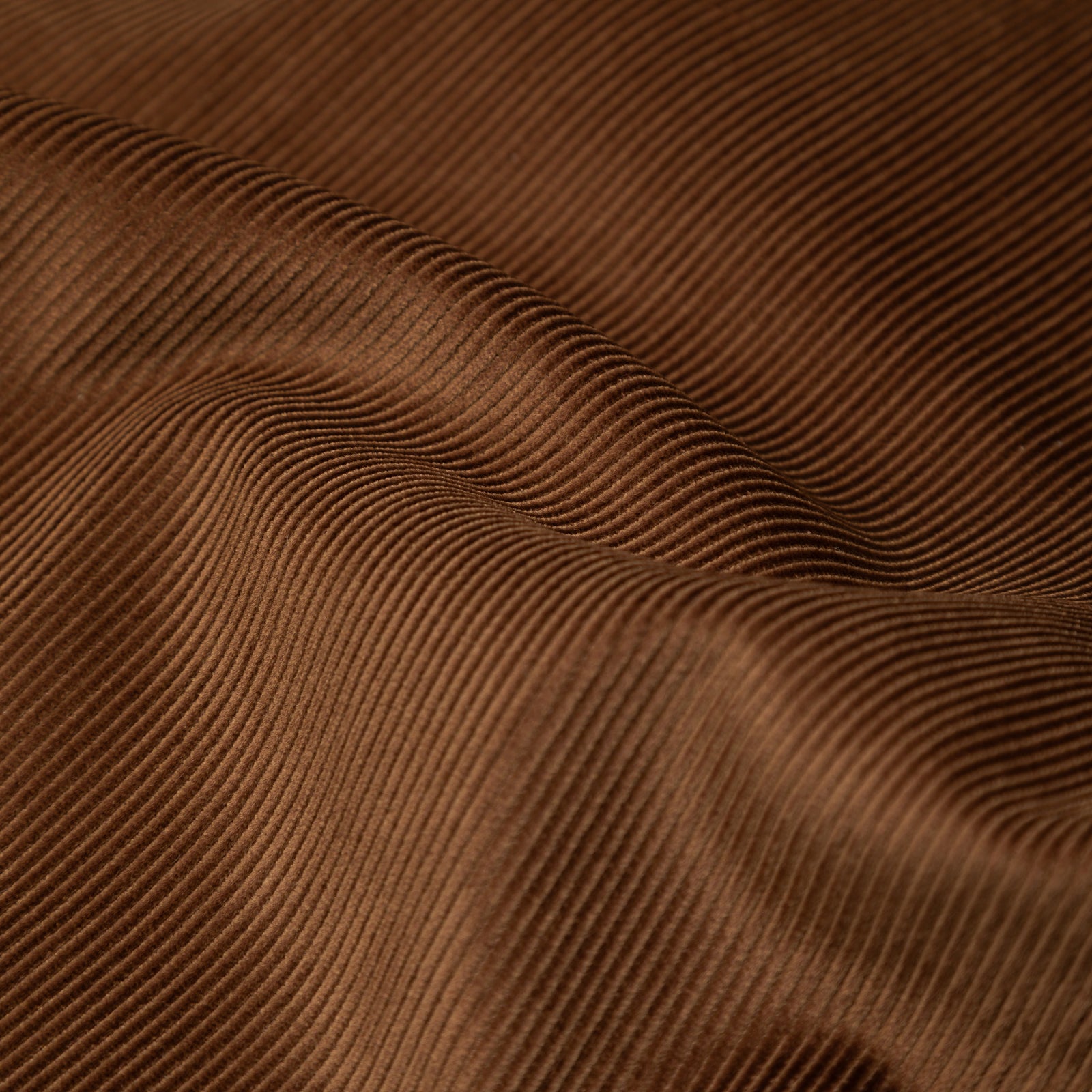IN FOCUS: Corduroy

Corduroy: The Fabric of Timeless Style and Durability.
Introducing the Cord Lee Jacket, Cord Zama Pants and Cord A Line Skirt – Modern Takes on a Classic Fabric
Corduroy’s durability, warmth, and unique texture have made it a favourite for centuries, from working-class uniforms to the wardrobes of counterculture icons. Our new Cord Lee Jacket, Cord Zama Pants and Cord Skirt pay homage to the rich history of corduroy while offering a modern take on a fabric that has stood the test of time. In this blog post, we explore the heritage of corduroy, its benefits, and tips for caring for your corduroy garments.

The Heritage of Corduroy
Corduroy is a fabric with an extensive and fascinating history that spans centuries. The origins of corduroy can be traced back to ancient Egypt, where a fabric known as fustian was developed around 200 AD. Fustian, a heavy cloth with a raised-nap surface, was woven near the ancient Egyptian capital of Al-Fustat. Over time, Italian and Spanish merchants brought fustian to Europe, where it became popular in the Middle Ages as a durable lining for garments.
The Birth of Corduroy in Britain
The evolution of corduroy as we know it today began in the 18th century in Britain, where textile manufacturers enhanced fustian by adding distinctive ridges, or "wales." The name "corduroy" is believed to have evolved from the British term "kings-cordes," or possibly from the surname Corderoy. The modern form of corduroy fabric is often linked to Manchester, which played a pivotal role in corduroy's rise during the late 18th century. The city’s thriving textile mills produced durable corduroy fabric, which became essential in factory uniforms and workwear across Europe.
Known as "Manchester cloth" in some parts of Europe, corduroy became renowned for its hard-wearing nature. This fabric’s ruggedness and warmth made it ideal for labourers in the cold, industrial cities of the 19th century. The association of corduroy with Manchester cemented the fabric’s place in the annals of textile history.
Corduroy’s Cultural and Fashion Influence
In addition to its working-class origins, corduroy became a favourite among military forces. During World War II, corduroy breeches were worn by the Women’s Land Army as part of their uniform, further demonstrating the fabric’s practicality and durability.
Corduroy saw another revival in the 1960's and 1970's when it became a symbol of counterculture. Figures like Bob Dylan, Pablo Picasso, and Jimi Hendrix sported corduroy as an expression of their anti-establishment ideals. The fabric became synonymous with creativity, freedom, and rebellion, reaching peak popularity during this time.
Today, corduroy remains a staple in fashion, beloved for its unique texture, versatility, and connection to cultural history.

The Benefits of Corduroy
Corduroy is not just a fabric with a rich heritage; it also offers numerous practical benefits that make it an excellent addition to your wardrobe. Here’s why we chose to make our new Lee Jacket, Zama Pants and Skirt from this iconic material:
Durability
Corduroy is known for its strength and resilience. The thick, tightly woven structure of the fabric makes it resistant to wear and tear, and its interlocked fibres prevent fraying or unravelling. The raised ridges in corduroy add an extra layer of protection, making the fabric ideal for both workwear and casual clothing.
Warmth
One of corduroy’s greatest strengths is its ability to trap heat. The raised ridges (or “wales”) create a layer of insulation, making corduroy garments warm and cozy. This makes the Cord Lee Jacket, Zama Pants and A Line Skirt perfect for colder seasons, providing comfort and protection from the elements.
Breathability
Despite its thickness, corduroy is also breathable. This unique combination of warmth and breathability makes corduroy a versatile fabric that can be worn year-round.
Comfort
Corduroy has a soft, luxe, velvety texture that feels gentle against the skin. Over time, it softens even more, becoming increasingly comfortable with each wear. Our cord pieces offer the perfect balance of comfort and style, making them ideal for daily wear.
Versatility
Corduroy’s unique texture and availability in a range of colours make it a versatile choice that adapts effortlessly to different outfits. With the ability to dress up or down for a smart or casual look.

How to Care for Corduroy
To keep your Cord pieces looking their best, it’s important to follow a few simple care tips to preserve the fabric’s texture and longevity...
- Corduroy should be washed in cold water with a gentle detergent. Avoid using bleach or fabric softeners, as they can damage the texture.
- It’s best to turn the garment inside out and wash it separately to prevent snagging. To maintain the structure of the fabric, air-drying is recommended.
- If you use a tumble dryer, opt for a low heat setting to prevent shrinking or flattening the ridges. Corduroy can be ironed using a low heat setting, but avoid pressing directly on the ridges.
- Use a pressing cloth to protect the fabric’s texture, and steer clear of steam irons that could flatten the raised wales.
- If the ridges in your corduroy garments begin to flatten over time, you can restore them by gently brushing the fabric with a soft-bristle brush in the direction of the wales.
With proper care, your corduroy garments will continue to look fresh and stylish for years to come.

Explore the heritage of corduroy with our Lee Jacket, Cord Zama's and Cord Skirt, and embrace a fabric that truly stands the test of time. Timeless investments, sure to be worn on high rotation.



